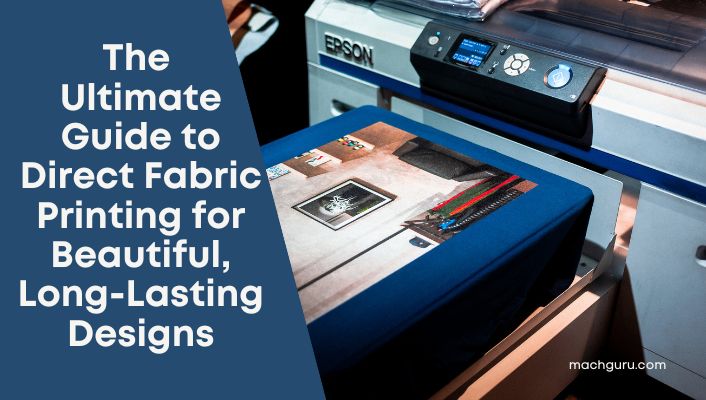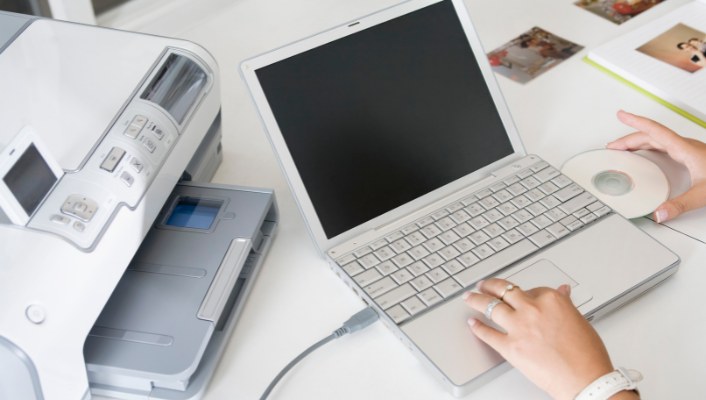What is 3D Printing in Dentistry: Benefits, Applications, and Advancements
Dental technology has come a long way in recent years, and one of the most exciting advancements is the use of 3D printing.
In the field of dentistry, 3D printing is being used to create accurate and precise dental models, customized dental prosthetics, and even surgical guides.
But what exactly is 3D printing in dentistry, and how is it changing the way dental professionals work? In this article, we will dive into the world of 3D printing in dentistry to answer these questions and more.

What is 3D Printing in Dentistry?
3D printing in dentistry refers to the use of 3D printing technology to create dental models, prosthetics, and other dental products. 3D printing allows dental professionals to create customized and precise dental products that are tailored to the unique needs of each patient.
This technology uses a digital model of the teeth, jaw, or other dental structures to create a physical object using a variety of materials, including plastic, metal, and resin.
Related: How To Recycle 3D Printing Filament | Tips To Save Money
How does 3D Printing Work in Dentistry?
3D printing in dentistry typically begins with the creation of a digital model of the dental structure, using specialized software and imaging technologies like CT scans and 3D dental scans. This digital model is then used to create a physical object using a 3D printer.
The 3D printer builds the object layer by layer, following the specifications of the digital model, until the final product is complete.
Benefits of 3D Printing in Dentistry
There are many benefits to using 3D printing in dentistry, including:
1. Customization
3D printing allows dental professionals to create customized prosthetics and other dental products that are tailored to the unique needs of each patient.
2. Precision
3D printing technology is known for its accuracy and precision, which is especially important in the field of dentistry where even small inaccuracies can have a big impact.
3. Speed
3D printing can speed up the production of dental products, reducing the wait time for patients.
4. Reduced costs
In some cases, 3D printing can reduce the cost of dental treatments, as it can be less expensive than traditional manufacturing methods.
5. Improved patient experience
With 3D printing, patients can receive dental products that fit perfectly, reducing discomfort and improving the overall quality of their dental treatments.
Applications of 3D Printing in Dentistry
3D printing technology is being used in a variety of ways in the field of dentistry, including:
1. Dental models
3D printing is used to create accurate and precise models of the teeth and jaw, which can be used for diagnosis, planning, and treatment.
2. Prosthetics
3D printing is used to create customized dental prosthetics, such as crowns, bridges, and dentures.
3. Surgical guides
3D printing is used to create surgical guides that help dental professionals perform procedures more accurately and efficiently.
4. Orthodontic models
3D printing is used to create models of the teeth and jaw for orthodontic treatments, such as braces.
Frequently Asked Questions(FAQs)
The materials used in 3D printing for dentistry include plastic, metal, and resin. The type of material used will depend on the specific application and the desired properties of the final product, such as strength, durability, and biocompatibility.
The time it takes to 3D print a dental product will vary depending on the size and complexity of the product, as well as the capabilities of the 3D printer being used. However, in many cases, the production time for dental products can be significantly reduced compared to traditional manufacturing methods.
Yes, 3D printing in dentistry is safe. The materials used in 3D printing are biocompatible and have been extensively tested for safety and efficacy. Additionally, the precision and accuracy of 3D printing technology can lead to better outcomes for patients compared to traditional methods.
3D printing in dentistry offers many advantages over traditional manufacturing methods, including customization, precision, speed, and reduced costs. Additionally, 3D printing allows for the creation of complex shapes and structures that may not be possible with traditional manufacturing methods.
Conclusion
3D printing in dentistry is a rapidly advancing field that has the potential to transform the way dental professionals work. From creating customized dental prosthetics to improving surgical accuracy, 3D printing technology is providing new and innovative solutions for oral care.
As this technology continues to evolve, we can expect to see even more exciting advancements in the field of dentistry in the future. So, what is 3D printing in dentistry? It is a technology that is changing the face of oral care and providing better outcomes for patients.

Selena Richard
Selena Richard is a tech blogger and entrepreneur who is passionate about new technologies. She has a keen interest in 3D printing and sublimation printers, which she uses to design crafts and solve problems for small business owners.
Selena provides simple and effective solutions for small business growth. With a team of expert members, she targets the needs of small business owners and takes pride in her work.






